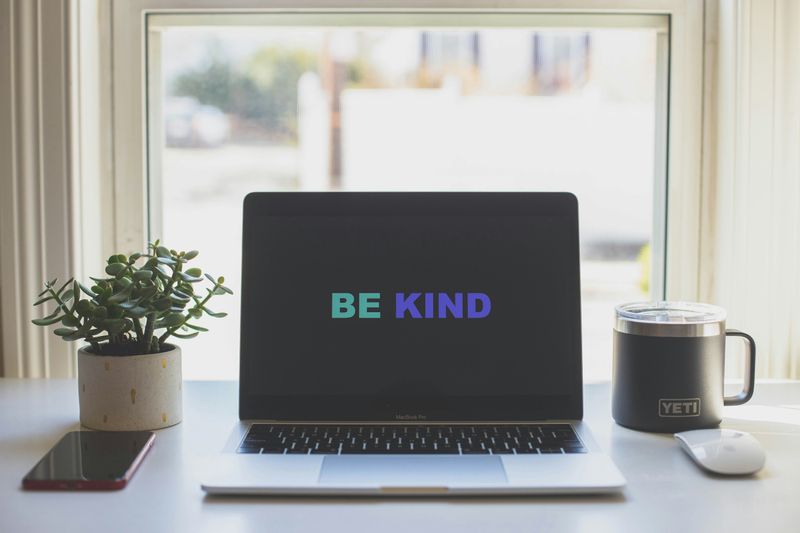Did you know anxiety disorders are the most common mental health condition in the world, affecting over 300 million people? Chances are, someone you care about is living with it — even if they don’t always show it.

Watching someone you love live with anxiety can be hard. It’s easy to feel helpless, unsure of what to say, or frustrated when anxiety seems to take over. I’ve lived with an anxiety disorder most of my life, and I’ve experienced both really supportive care — and support that, while well-meaning, missed the mark.
When you begin to understand what anxiety actually feels like, and learn how to respond with patience and compassion, you can be a calming, steady presence in their storm.

Use these helpful strategies to help someone with an anxiety disorder in your family.
1. Seek to Understand, Not to Fix

Telling someone with an anxiety disorder "not to worry about it" is among the least helpful things you can say. Anxiety can manifest many different ways — being mindful that anxiety looks different for everyone is a helpful first step.

Instead of trying to fix the problem or make their anxiety magically disappear, focus on understanding what they're feeling, pinpoint what is currently impacting or triggering them, and support them through it.

When I’m feeling anxious, my husband and I have a simple practice: I take a few deep breaths, let him know I’m anxious, and ask for a hug or grounding moment. Even if I don’t know the trigger, I’ve learned to name what I need — and he’s learned how to support me through it.

Quiz
Choose the best response(s) for a loved one who is living with anxiety:
2. Navigate Boundaries & Triggers

People with anxiety often build routines to avoid triggering situations. As Anxiety Canada puts it, “Some people with anxiety have set up their whole lives in such a way that they can avoid situations that cause anxiety.”
While it’s natural to want to protect your loved one, avoiding all triggers can actually reinforce fear. The anxious brain often reacts to everyday stress (like an unexpected phone call) the same way it would to real danger (like a bear).
You may not get it right every time, but knowing that you are trying to offer support can be just as meaningful.

Quick Tips for Supporting Someone with Anxiety:
Validate first. Acknowledge their feelings before encouraging action.
Start small. Support tiny, manageable steps — don’t rush progress.
Don’t reinforce avoidance. Offer support, not escape routes.
Respect boundaries. Ask what’s helpful and honor their “no.”
Celebrate wins. Even small progress builds confidence and trust.

Before a family gathering, Jordan says, “I don’t think I can go. Just thinking about it makes me feel sick.”
Instead of offering quick fixes, Alex replies, “That sounds really hard. I get why you’re anxious — I’m here with you.”
Quiz
What step does Alex practice in this scenario?
3. Have Patience
It isn’t always easy to help someone with an anxiety disorder in your family — progress can be slow, and it’s normal to feel unsure of how to help. But remember: healing isn’t linear. What feels small to you might feel huge to them. Your steady, patient presence says “I’ve got you” — and that can mean the world.
 Photo by Sincerely Media on Unsplash
Photo by Sincerely Media on UnsplashWhen my routine shifts — like during travel — my anxiety ramps up. I find myself asking questions like “What are we doing tomorrow again?” or “When do we have to leave?” more than once. These little check-ins help me feel grounded and in control.
It might seem small, but the patience my loved ones show in those moments makes a huge difference. Their calm gives my anxious brain space to breathe — and that kind of support is priceless.
4. Understand The Importance of Language
 Photo by Dayne Topkin on Unsplash
Photo by Dayne Topkin on UnsplashYou’ve probably heard the saying, “Sticks and stones may break my bones, but words can never hurt me.” Catchy — but not always true. Words carry power, especially when it comes to mental health.
As a child, I once sought help for panic attacks and was told, “It’s all in your head.” That moment stuck with me for years, leaving me to question my own feelings and experiences well into adulthood.
Using thoughtful, compassionate words helps reduce stigma and creates a safe space for loved ones to open up. Remember: the right words don’t just describe anxiety — they can help heal it.
Let these examples guide your tone and word choice in tough moments:
Say this: ✅
"Take your time — it's okay to be overwhelmed."
"I'm here for you, whenever you want to talk."
"Your feelings are valid and I'm here to support you."
Not this: ❌
"Just calm down, it's not a big deal."
"Why can't you just get over it?"
"Everyone gets worried — you're no different."
5. Learn About Anxiety
 Photo by Erik Mclean on Unsplash
Photo by Erik Mclean on UnsplashLearning about anxiety is one of the most powerful ways to show support. It says, “I see you,” and “I want to help.”
Anxiety is the body’s natural stress response — like an alarm system. But when that alarm goes off too often or without real danger, it can become overwhelming. Unlike everyday nerves, anxiety disorders are persistent and not always tied to specific events.
Start by doing your own research. Explore trusted sources like Anxiety Canada or the ADAA to learn about different types of anxiety and symptoms. 🧐
Listen without judgment. Everyone’s experience is different, so pay attention to what your loved one shares. 🎧
Ask what helps. Sometimes the best information comes straight from the person you’re supporting. 💬
The more you learn, the more confident and compassionate you’ll be in showing up for them.
Quiz
Amanda feels helpless while trying to support her sister, who was just diagnosed with an anxiety disorder. What are some practical things she can do?
Take Action
 Photo by Tim Marshall on Unsplash
Photo by Tim Marshall on UnsplashMeaningful change takes time, but by choosing to learn more, you're on a meaningful path. Supporting your loved ones is important work and requires ongoing commitment. Remember: you're human and you won't get it right every time, but continuing to show up and learn is one of the most supportive things you can do.
Make the commitment to help someone with an anxiety disorder in your family:
Your feedback matters to us.
This Byte helped me better understand the topic.
